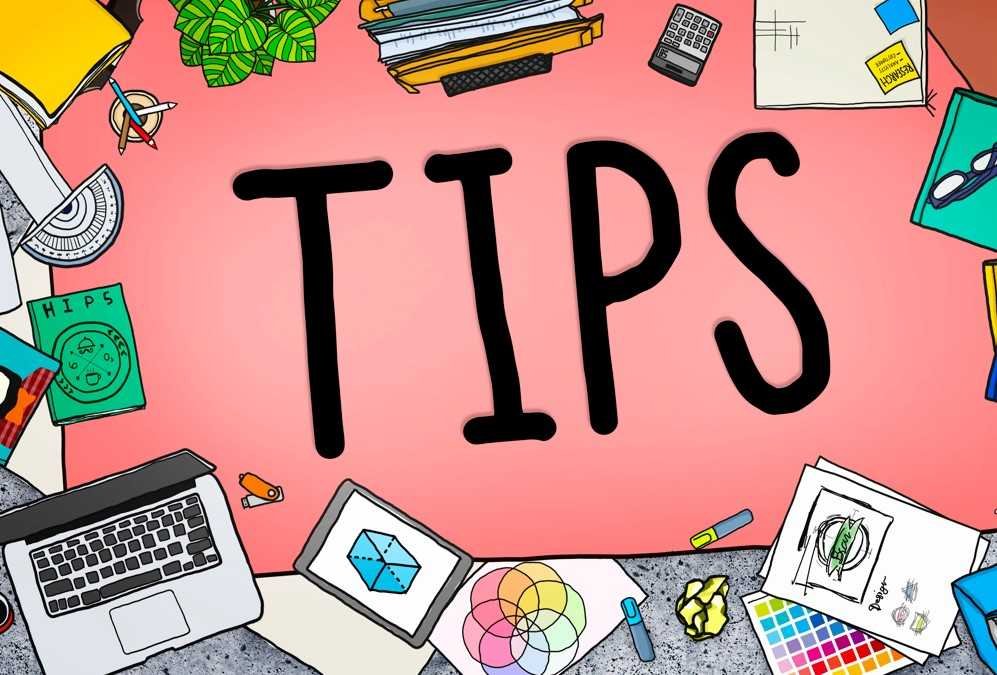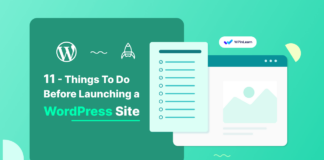Do you want to know when should you update on-page SEO? The staircase to heaven is on-page SEO. Of course, we are referring to the top Google rankings. More people are likely to stay on your website and read more if your content is interesting.
Yet the search engine comes first, before the human element. To get to the top of Google results and be recognized by the reader as well, you must dazzle it and make it take note of you. This indicates that your website needs a solid SEO strategy.
Search engine optimization, or SEO, is the process of tailoring your content to be found by search engines. It has to do with your content’s frequency and duration, as well as the keywords, meta-titles, and other aspects. So that you can work with confidence knowing that you’re devoting time to what counts, in this post, we’ll examine when should you update on page SEO for the most important on-page characteristics.
Table of Contents
Why Paying Continuous Attention to On-Page Is Necessary

Staying ahead in the dynamic world of SEO calls for ongoing attention to detail. Search engines adjust to changing user search habits. To maintain rankings and satisfy consumers, marketers must constantly check and tweak aspects like title tags, headers, internal links, and alt texts.
It takes work to get and maintain high SERP results. It necessitates a calculated and innovative strategy. On-page SEO is a continuous activity that calls for endurance. Adjustments must be made in accordance with the fact that results take time to appear.
It’s essential to have a clear strategy in place if you want to succeed. The key is consistency, so solve problems as they arise and periodically optimize. Regular audits are less successful than periodic evaluations and modifications. Using this strategy, you’ll be well-equipped to succeed in the dynamic world of SEO.
When Should Update the On-Page SEO for The Best SEO Result?
In order for people to find your blog posts, you need make sure they are optimized for search engines. Concentrating on on-page SEO is one approach to do this. The process of improving the content, title, and other aspects of your blog post for it to rank better in search engine results pages is known as on-page SEO (SERPs).
While revising the on-page SEO of your blog article, there are a few things to keep in mind. Making sure you are targeting the appropriate keywords is the first step. To find the best keywords for your blog article, you may utilize a keyword research tool. Once you’ve determined your target keywords, be sure to incorporate them into every part of your blog post, including the title, meta description, and body of text.
Also, you must ensure that your blog article is well-written and educational. High-quality blog content that benefits readers is preferred by search engines. It is less probable for your blog content to rank highly in SERPs if it is poorly written or lacking in information.
Last but not least, you must keep your blog articles current. You should edit your blog post if you have new information to offer or if the information is no longer accurate. Your chances of ranking well in the SERPs will increase if you regularly update your blog posts to keep them current and relevant.
Here are several indicators that it’s time to upgrade your blog post’s on-page SEO:
- Your blog post’s position on search engine results pages has declined (SERPs).
- Your blog article is out of date and no longer accurately reflects the situation.
- The keywords you are aiming for are not related to your blog content.
- You have some fresh knowledge to share with your readers.
It’s time to change the on-page SEO of your blog article if you see any of these indicators. Here are some pointers for upgrading your blog post’s on-page SEO:
- Update your title tag: One of the most significant on-page SEO components is your title tag. It must to be detailed and contain your intended keyword phrases.
- Update your meta description: The brief passage of text that follows your title tag in search results is known as your meta description. It must to be detailed and contain your intended keyword phrases.
- Update your content: Make sure your content is informative and well-written. Update your content as necessary if you have fresh knowledge to offer or if anything in your blog post is no longer true.
- Update your images: Make sure your photographs are of a good caliber and pertinent to your writing. Also, you want to give each of your photos an alt attribute.
- Update your links: Make sure your links are current and pertinent. You could also think about getting other reputable websites to link to your blog article.
By updating your blog post’s on-page SEO, you may increase your chances of appearing high up on search engine results pages (SERPs).
Additional Tips and Tricks for Improving On-Page SEO

Here are some extra pointers for enhancing your blog entries’ on-page SEO:
- To choose the best keywords for your blog entries, use a keyword research tool.
- Provide compelling content that is pertinent to your chosen keywords.
- Employ pertinent keywords in your content’s titles, meta descriptions, and body copy.
- Create links from other top-notch websites to your blog content.
- Update your blog entries frequently.
- For simple blog article updating, use a content management system (CMS) like WordPress.
- To monitor the traffic to and effectiveness of your blog entries, use a website analytics service like Google Analytics.
- To help you increase the SEO of your blog entries, use a plugin like Rank Math
We hope you found this post on when should you update on-page SEO useful. Try all this on your blog for the best SERP results.
FAQs: Frequently Asked Questions
How often should I update my meta tags and meta descriptions?
Every time you make substantial changes to your web page content or target keywords, you should examine and update your meta tags and meta descriptions. Also, you may increase the relevance and efficacy of your meta tags and meta descriptions by frequently analyzing and improving them.
Should I update my URL structure?
Approaching URL structure changes should be done with prudence. If you decide to change your URL structure, be careful to implement the right redirects to prevent broken links and detrimental effects on the SEO of your website. Updates to URL structures should only be made when they are absolutely necessary.
How do I measure the impact of on-page SEO updates?
Regularly check your website’s search engine rankings, organic traffic, and user engagement metrics to gauge the effect of your on-page SEO adjustments. Technologies like Google Analytics and Google Search Console may give you useful information about how well your optimization efforts are working.





